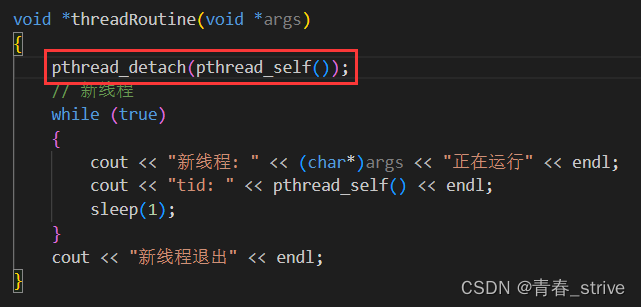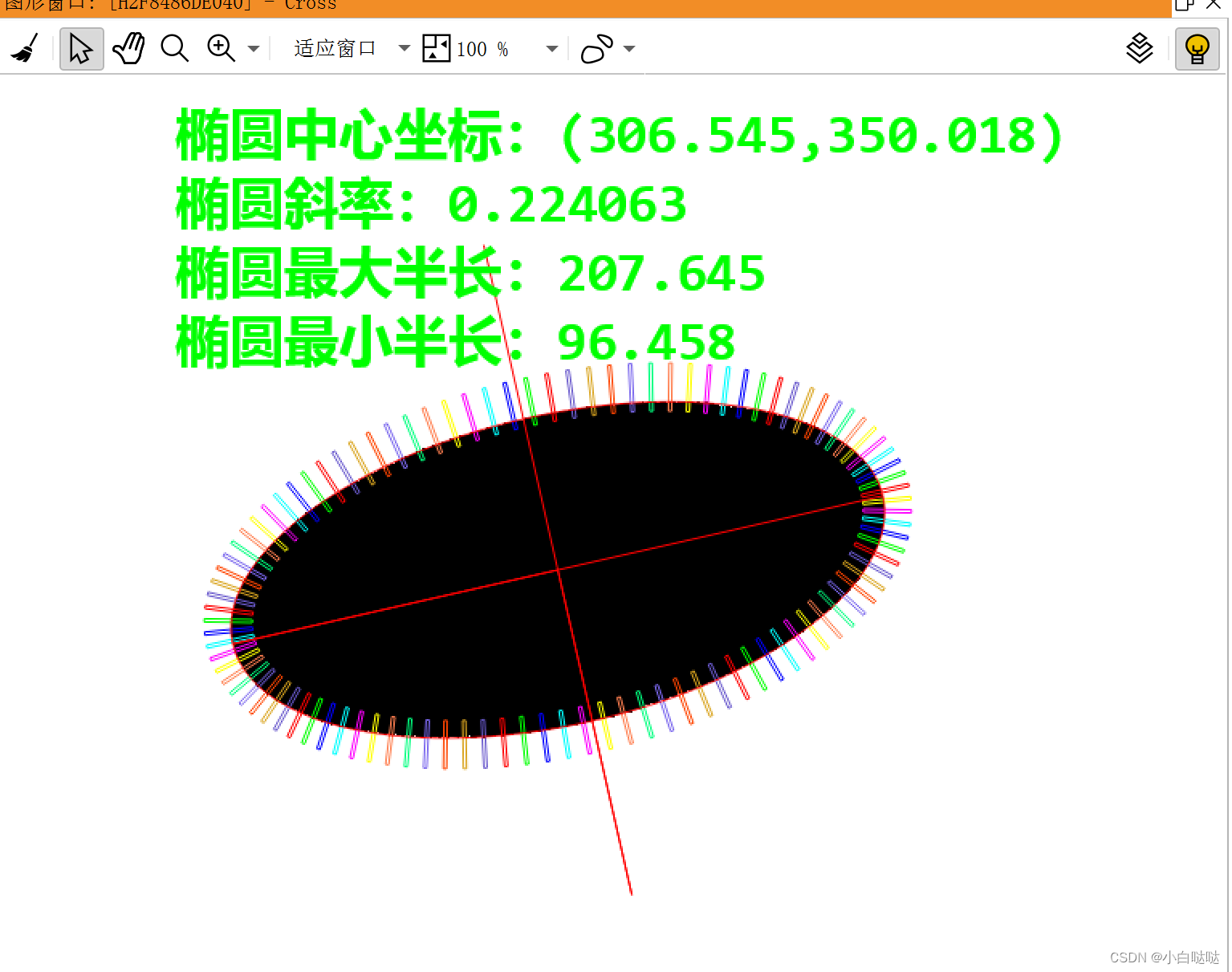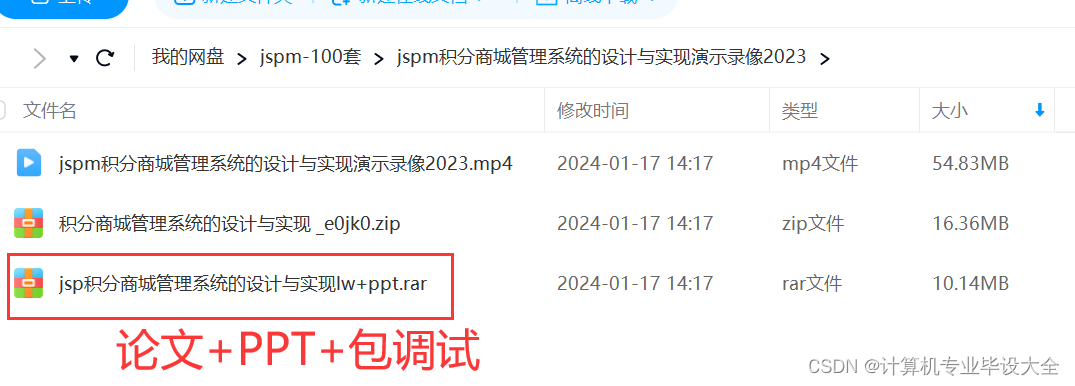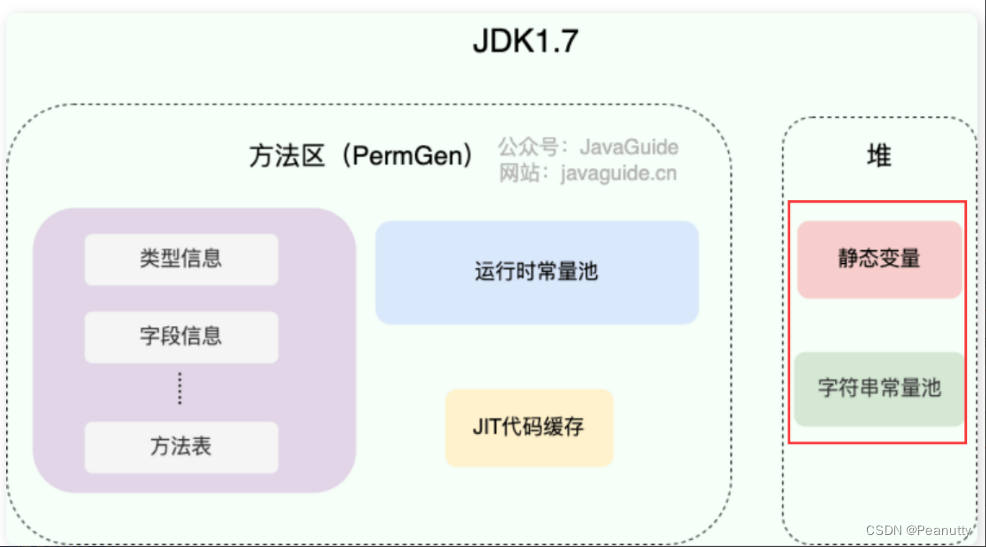我们将数据处理的方式,最开始csv文件

再到与数据库建立联系

代码:
Spider:
import scrapy
class ShuangseqiuSpider(scrapy.Spider):
name = "shuangseqiu"
allowed_domains = ["sina.com.cn"]
start_urls = ["https://view.lottery.sina.com.cn/lotto/pc_zst/index?lottoType=ssq&actionType=chzs&type=50&dpc=1"]
def parse(self, resp,**kwargs):
#提取
trs = resp.xpath("//tbody[@id='cpdata']/tr")
for tr in trs: #每一行
qi = tr.xpath("./td[1]/text()").extract_first()
hong = tr.xpath("./td[@class='chartball01' or @class='chartball20']/text()").extract()
lan = tr.xpath("./td[@class='chartball02']/text()").extract()
#存储
yield {
"qi":qi,
"hong":hong,
"lan":lan
}
Pipelines:
# Define your item pipelines here
#
# Don't forget to add your pipeline to the ITEM_PIPELINES setting
# See: https://docs.scrapy.org/en/latest/topics/item-pipeline.html
# useful for handling different item types with a single interface
from itemadapter import ItemAdapter
#1.建立联系
#弄个坐标
#写入数据
#提交事务
#如果报错,回滚
import pymysql
class Caipiao2Pipeline:
def open_spider(self,spider):#开启文件
#打开
self.f = open("data2.csv",mode='a',encoding="utf-8") #self====>在这个class中定义一个对象
def close_spider(self,spider):#关闭文件
self.f.close()
def process_item(self, item, spider):
self.f.write(f"{item['qi']}")
self.f.write(',')
self.f.write(f"{item['hong']}")
self.f.write(',')
self.f.write(f"{item['lan']}")
self.f.write("\n")
# with open("data.csv",mode='a',encoding="utf-8") as f:
# f.write(f"{item['qi']}")
# f.write(',')
# f.write(f"{item['hong']}")
# f.write(',')
# f.write(f"{item['lan']}")
# f.write("\n")
return item
# 1.建立联系
# 弄个坐标
# 写入数据
# 提交事务
# 如果报错,回滚
#数据库
class CaipiaoPipeline_MySQL:
def open_spider(self, spider): # 开启文件
self.conn = pymysql.connect(host="localhost",
port=3306,
user="root",
password="root",database="caipiao")#1.建立联系
def close_spider(self, spider): # 关闭文件
self.conn.close()
def process_item(self, item, spider):
try:
#弄个坐标
cursor = self.conn.cursor()
#写入数据
sql = "insert into shuangseqiu(qi,lan,hong)values(%s,%s,%s)"
cursor.execute(sql,(item['qi'],item['lan'],"_".join(item['hong'])))
#提交事务
self.conn.commit()
#如果报错,回滚
except Exception as e:
print(e)
self.conn.rollback()
print("wanbi")
return itemsettings:



做这些修改 :
上面的思路就是:
1.在spider里找到,qi,hong,lan的对应的信息。
然后用yield(字典)进行返回到pipelines,给到item。
def process_item(self, item, spider):
2.然后写入到文件csv文件里
两种方法:1.
with open("data.csv",mode='a',encoding="utf-8") as f:
f.write(f"{item['qi']}")
f.write(',')
f.write(f"{item['hong']}")
f.write(',')
f.write(f"{item['lan']}")
f.write("\n")2.
def open_spider(self,spider):#开启文件
#打开
self.f = open("data2.csv",mode='a',encoding="utf-8") #self====>在这个class中定义一个对象
def close_spider(self,spider):#关闭文件
self.f.close()这两个就是,在执行管道的时候会在最开始打开,和最后关闭。
self.f = open("data2.csv",mode='a',encoding="utf-8"
用这个打开文件。
3.这个是加入到Mysql中:
# 1.建立联系 # 弄个坐标 # 写入数据 # 提交事务 # 如果报错,回滚
这是思路。
class CaipiaoPipeline_MySQL:
def open_spider(self, spider): # 开启文件
self.conn = pymysql.connect(host="localhost",
port=3306,
user="root",
password="root",database="caipiao")#1.建立联系
def close_spider(self, spider): # 关闭文件
self.conn.close()
def process_item(self, item, spider):
try:
#弄个坐标
cursor = self.conn.cursor()
#写入数据
sql = "insert into shuangseqiu(qi,lan,hong)values(%s,%s,%s)"
cursor.execute(sql,(item['qi'],item['lan'],"_".join(item['hong'])))
#提交事务
self.conn.commit()
#如果报错,回滚
except Exception as e:
print(e)
self.conn.rollback()在第二个管道里,在最开始建立联系,然后正常走。

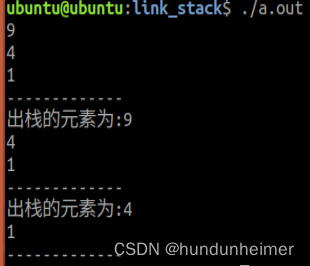

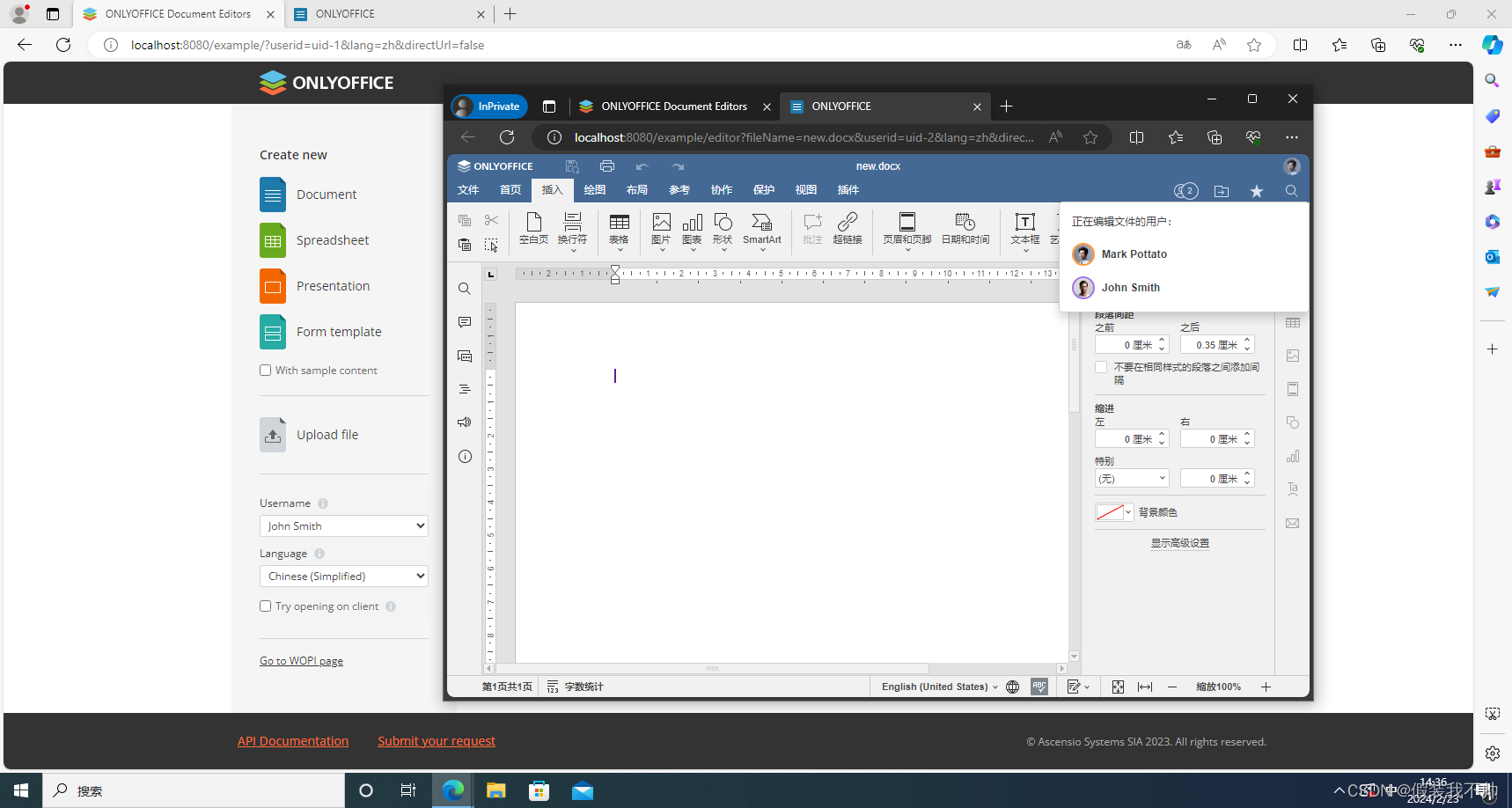
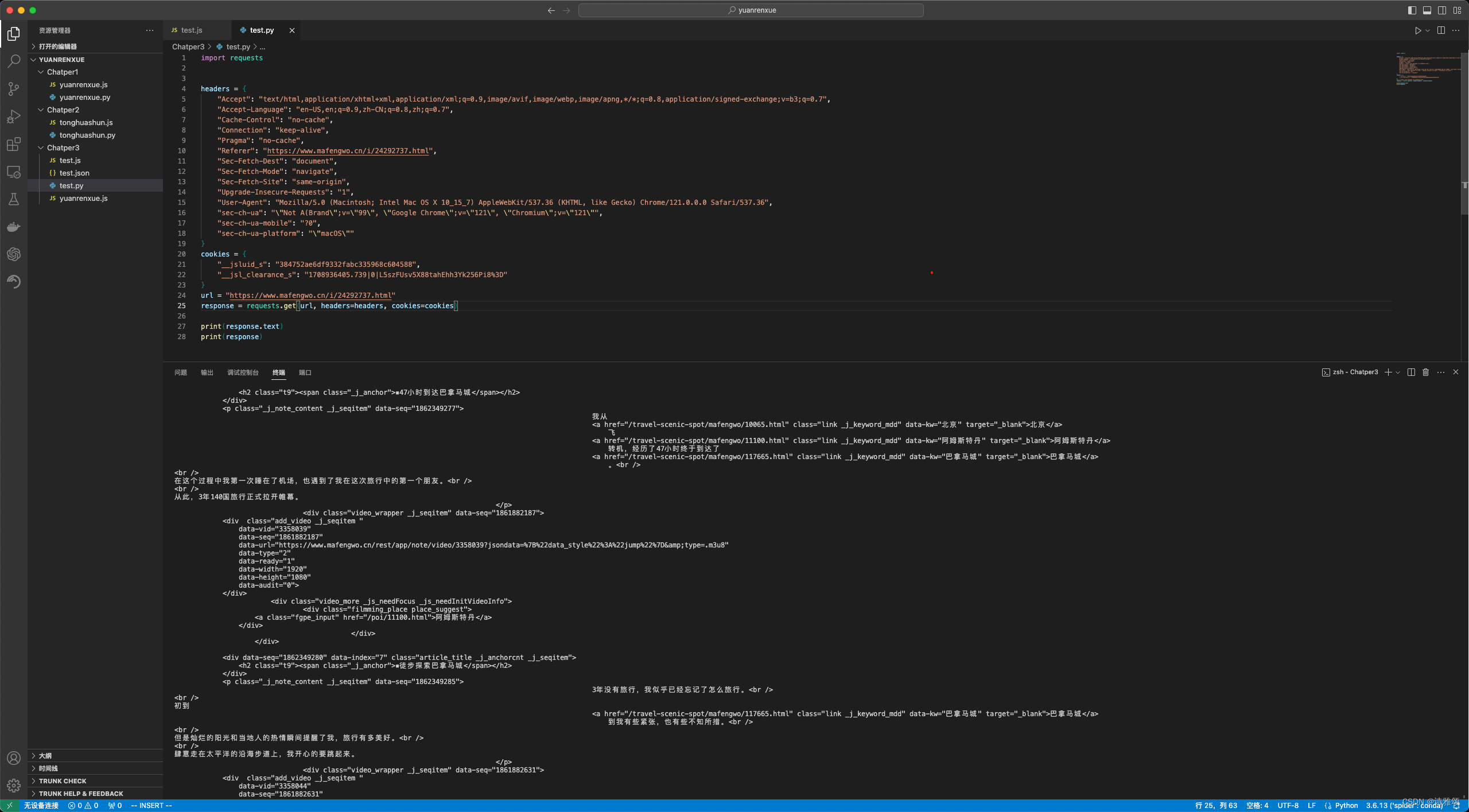


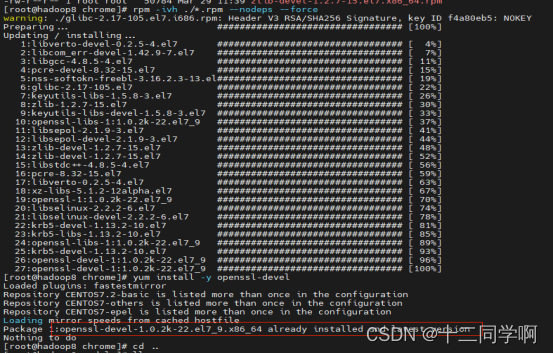

![绝对路径拼接漏洞 [NISACTF 2022]babyupload](https://img-blog.csdnimg.cn/direct/ed2e7968bfce4f2ca8e100d9a8b54379.png)

